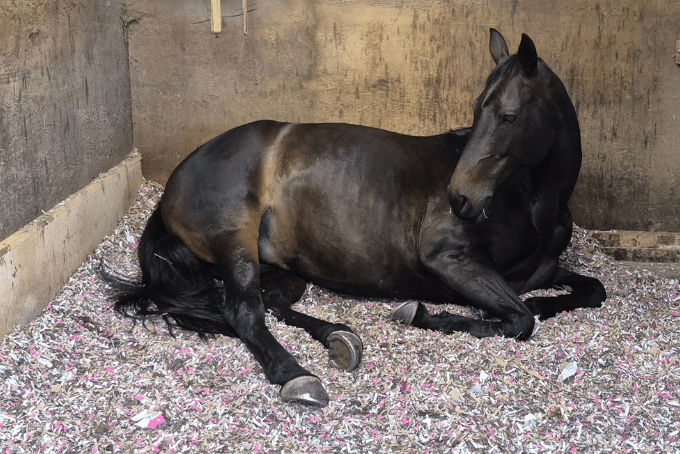
Warming Up Winter: A Comprehensive Guide to Rabbit Winter Care
When the temperatures drop, it’s essential to take a moment and consider the comfort and well-being of our furry friends. If you’re a proud rabbit or other hutch-dwelling animal owner, you’re in luck! We’re going to delve into the best ways to care for your pet over the winter months, both indoors and outdoors. If you’re a new owner looking for tips on how to care for your rabbit over their first winter with you, or even if you’re a veteran looking for some extra tips, hopefully, we’ll have some interesting and helpful rabbit winter care advice.
Unlike other animals, rabbits don’t hibernate. They stay active all year round so it’s important to supply them with sufficient space to exercise in whilst having warm areas to keep them toasty when they want to rest. It’s likely that in the colder period, your rabbit will become less active and seek warm places to shelter from during the coldest parts of the day. So don’t be worried if you see less of them.
Indoor Rabbit Care
Consistent Temperature
For indoor rabbits, though they’re being kept inside at a relatively consistent temperature, they’ll still likely grow in a winter coat as the ambient temperature lowers. This means that they can be prone to overheating. Make sure their hutch is away from any radiators or other heat sources to ensure that they don’t overheat.
S4Bed cardboard bedding is the perfect solution to year-round comfort for small animals. Its great ventilation and thermal properties allow animals to stay toasty whilst not overheating. This means that you don’t need to spend extra money heating the house.
Outdoor Rabbit Care
Hutch Winterisation
Outdoor rabbits require a little extra attention over the winter months. The first step to ensuring their comfort is to winterise their hutch. This includes adding insulation, increasing the amount of bedding, and ensuring there’s a waterproof cover to keep out the rain and snow.
The Magic of Cardboard Bedding
One of the most effective ways to insulate your rabbit’s hutch and optimise your winter rabbit care is by using cardboard bedding. Cardboard has excellent thermal qualities that keep the cold at bay, providing a warm and comfortable environment for your rabbit.
Temperature Monitoring and Extra Nourishment
While your rabbit has a fur coat and a lovely winterised hutch, there’s a limit to how much cold they can endure. Keep a close eye on the outdoor temperature, and if it gets too cold, consider moving your rabbit to a warmer spot, or supplying heating pads to the hutch.
To help them generate body heat, provide extra food during the winter.
Rabbit Winter Care: General Tips
Acclimatising New Pets
If you’ve recently added a new rabbit to your family, ensure they’re acclimatised to their outdoor enclosure well before winter. This transition should ideally start from spring onwards. If you don’t have the time to properly acclimatise your rabbit, it would probably be best to keep them indoors if possible.
Spotting Hypothermia
Whether your rabbit lives indoors or outdoors, it’s crucial to be able to recognise signs of hypothermia. These include sitting without moving, moving very slowly, ears and feet that feel cold or look pale, shallow breathing, a weak heartbeat, or non-responsiveness. If you spot any of these signs, contact your vet immediately.
Conclusion
Winter care for your rabbit involves a multifaceted approach, from temperature regulation to dietary adjustments. But, for optimal winter rabbit care, Cardboard bedding is the way to go. Its excellent thermal properties make it the perfect choice to keep your bunny warm and cosy throughout the chilly months, whether they’re indoors or outside. Get in touch if you’d like to learn more about the benefits of cardboard bedding for small animals over winter.




